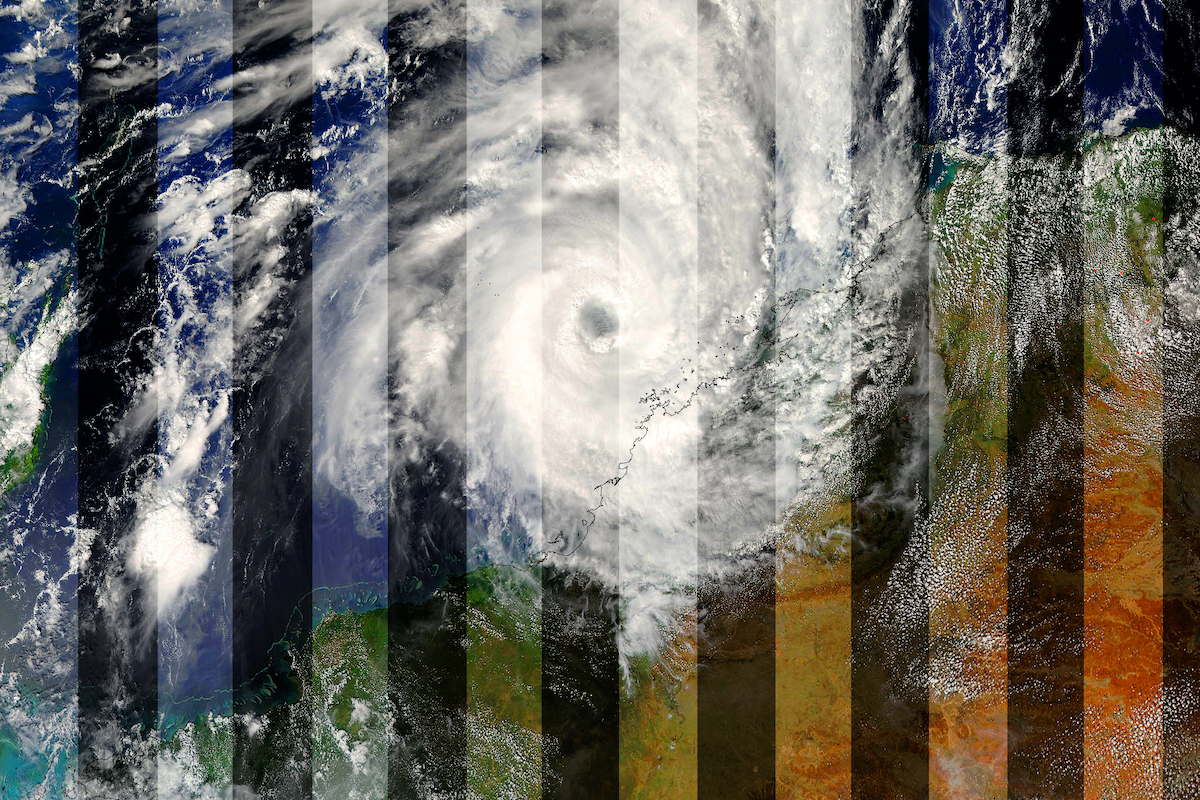 February 4, 2021 12:12 pm
Published by Climate Extremes
February 4, 2021 12:12 pm
Published by Climate Extremes
CLEX researchers have developed a new global land-based daily precipitation dataset called Rainfall Estimates on a Gridded Network - REGEN - aimed at facilitating studies to understand changes and variability in several aspects of daily precipitation distributions, extremes and measures of hydrological intensity.
 August 6, 2020 3:47 pm
Published by Jenny Rislund
August 6, 2020 3:47 pm
Published by Jenny Rislund
In this project you will investigate the competing effects the Antarctic ozone hole and increasing greenhouse gases have on the Australian summer season rainfall, using the latest climate models. These are now available on the National Computing Infrastructure (NCI) supercomputer and are being used as input into the Intergovernmental Panel on Climate Change’s Sixth Assessment Report.
 August 6, 2020 1:15 pm
Published by Jenny Rislund
August 6, 2020 1:15 pm
Published by Jenny Rislund
This project will examine whether ACCESS-S1 model can replicate the observed seasonal pattern of extreme rainfall timing in Australia, and the relationship with large-scale drivers.
 June 4, 2020 9:50 am
Published by Climate Extremes
June 4, 2020 9:50 am
Published by Climate Extremes
This project seeks to better understand the changing nature of Australian droughts by synthesising satellite and ground observations in combination with state-of-the-art climate model projections.
 April 22, 2020 12:22 pm
Published by Climate Extremes
April 22, 2020 12:22 pm
Published by Climate Extremes
CLEX authors and colleagues from major Australian science organisations investigating climate examined the simulation of Australian climate in the new, state-of-the-art Coupled Model Intercomparison Project, phase 6 (CMIP6) models.
 March 10, 2020 11:08 am
Published by Climate Extremes
March 10, 2020 11:08 am
Published by Climate Extremes
In this study, CLEX researchers and colleagues tested the ability of 10 terrestrial biosphere models to reproduce observed sensitivity of ecosystem productivity to rainfall changes (rainfall exclusion/irrigation) at ten sites across the globe.
 May 31, 2019 2:30 pm
Published by Climate Extremes
May 31, 2019 2:30 pm
Published by Climate Extremes
CLEX researchers and colleagues have developed a downscaling methodology using the HiDRUS model that accurately projects future rainfall in 1km grids at six minute intervals. This will be a boon for urban planners who need to build infrastructure to cope with the different future heavy rainfall events that will occur in a changing climate.
April 29, 2019 11:40 am
Published by Climate Extremes
Zaved Khan (Bureau of Meteorology). Modelling seasonal rainfall forecasts forced with improved predictive ocean surface temperature Seasonal rainfall forecasts are in high demand for users such as irrigators and water managers in decision making and risk management. Both statistical and dynamical models are widely used to generate probabilistic rainfall forecasts in advance for a season. Statistical prediction systems establish a stationary relationship between the predictor and the predictand variables. On the other hand, dynamical models are based on the laws... View Article
 March 8, 2019 9:27 am
Published by Climate Extremes
March 8, 2019 9:27 am
Published by Climate Extremes
How wet the soil is before a storm can determine the amount of rain that falls. This research also produced some interesting findings for rainfall in Australia.
 March 4, 2019 3:55 pm
Published by Climate Extremes
March 4, 2019 3:55 pm
Published by Climate Extremes
This work examines how climate projections are affected by using different subsets of available climate models. The researchers find several variables need to be optimised independently to get the best results.









